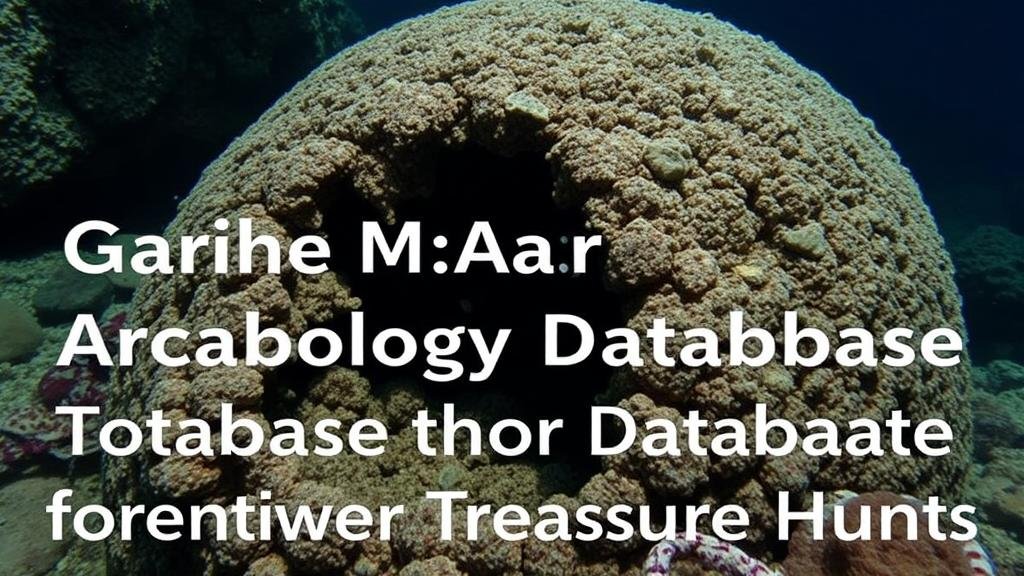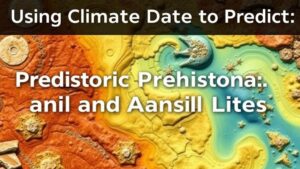Using the Global Marine Archaeology Database for Underwater Treasure Hunts
Using the Global Marine Archaeology Database for Underwater Treasure Hunts
The pursuit of underwater treasures has fascinated enthusiasts and researchers alike for centuries. With advancements in technology and data accessibility, the Global Marine Archaeology Database (GMAD) serves as an invaluable resource for divers and treasure hunters aiming to locate submerged artifacts. This article explores the significance of the GMAD, its functionality, and practical applications in treasure hunting.
The Global Marine Archaeology Database: An Overview
The GMAD is a comprehensive database encompassing archaeological data and findings from marine environments globally. It is designed to provide researchers, divers, and historians with access to a wealth of information regarding maritime cultural heritage. Established by marine archaeologists, the GMAD integrates records of shipwrecks, underwater sites, and artifacts to facilitate better understanding and preservation of underwater heritage.
Historical Significance of Underwater Treasure Hunting
Historically, treasure hunting has often been associated with the search for riches lost at sea. Significant discoveries such as the Titanic (sunk in 1912) and the Spanish galleons of the 16th century have shed light on maritime history and trade routes. A notable example includes the discovery of the Nuestra Señora de Atocha, a Spanish treasure ship that sank in 1622 off the coast of Florida, where an estimated $450 million worth of gold and silver was recovered by treasure hunter Mel Fisher.
Accessing the Global Marine Archaeology Database
The GMAD can be accessed through an online platform, which allows users to search for specific sites, artifacts, or types of shipwrecks. The database provides critical information, such as:
- Geographical coordinates of underwater sites
- Historical context and background information
- Condition assessments of artifacts and sites
- Regulatory frameworks and conservation considerations
For example, enterprising treasure hunters can use the database to locate historical shipwrecks off the coast of California, where over 2,000 recorded wrecks can be found. Each entry offers insights that are pivotal for conducting responsible and informed dives.
Utilizing GMAD in Underwater Treasure Hunts
Treasure hunters can effectively utilize the GMAD to enhance their treasure-seeking endeavors in various ways:
- Site Selection: Knowledge of historic maritime routes obtained from GMAD can inform treasure hunters about potential dive sites.
- Environmental Assessments: The database contains details about the marine ecology surrounding shipwreck sites, allowing divers to prepare for underwater conditions.
- Legal Compliance: Access to local regulations and conservation laws helps ensure that treasure hunting activities respect cultural heritage and legal mandates.
Example of Successful Integration: The Odyssey Marine Exploration
Odyssey Marine Exploration, a prominent underwater salvage company, has successfully leveraged the GMAD for numerous expeditions. One of their notable discoveries, the HMS Sussex, which sank in 1694, was located using data from the database. This shipwreck contained an estimated $1 billion in treasure, reflecting the potential financial rewards that diligent research can yield.
Challenges in Underwater Treasure Hunting
While the GMAD provides a wealth of information, treasure hunting is fraught with challenges, including:
- Environmental Hazards: Strong currents, poor visibility, and marine life can pose significant risks to divers.
- Legal and Ethical Issues: Different countries have varying laws pertaining to the ownership and recovery of underwater artifacts.
Also, the potential impact on archaeological sites must be considered, as mismanagement can lead to irreversible damage to our maritime heritage.
Conclusion: Responsible Treasure Hunting
The GMAD represents a significant advancement in the field of marine archaeology and underwater exploration. By providing essential data for treasure hunters, it fosters informed, responsible practices that prioritize the preservation of maritime heritage. As underwater exploration continues, engaging with the GMAD can empower divers not only to search for treasures but also to protect and value the rich history that our oceans hold.
To wrap up, using the Global Marine Archaeology Database in underwater treasure hunts can provide critical insights, yet it also raises important ethical and legal questions that hunters must navigate. Balancing the thrill of discovery with respect for history and the environment is crucial for future endeavors in this exciting field.



